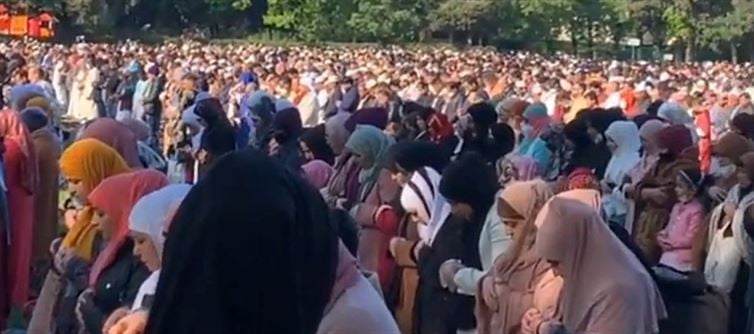
For some native Europeans, this demographic shift represents a cultural transformation that they feel unprepared for. They worry that their historical identity and traditional way of life may be overshadowed or diluted by the influx of people with different religious and social customs. Concerns are often expressed about integration, language barriers, and the perceived rise of parallel communities that may not fully assimilate into the broader Italian societal framework. These sentiments, while not universal, are echoed by certain political voices across europe who warn of a changing cultural landscape.
However, many others view the demographic changes as part of the natural evolution of a modern, globalized society. They argue that the increasing presence of Muslims in cities like Florence brings cultural richness, economic contributions, and opportunities for mutual understanding. Rather than seeing this as a threat, advocates of multiculturalism encourage policies that promote inclusion, intercultural dialogue, and respect for Italian values while accommodating religious diversity. The key challenge remains to find a balanced approach that ensures social cohesion while upholding both human rights and cultural heritage.




 click and follow Indiaherald WhatsApp channel
click and follow Indiaherald WhatsApp channel